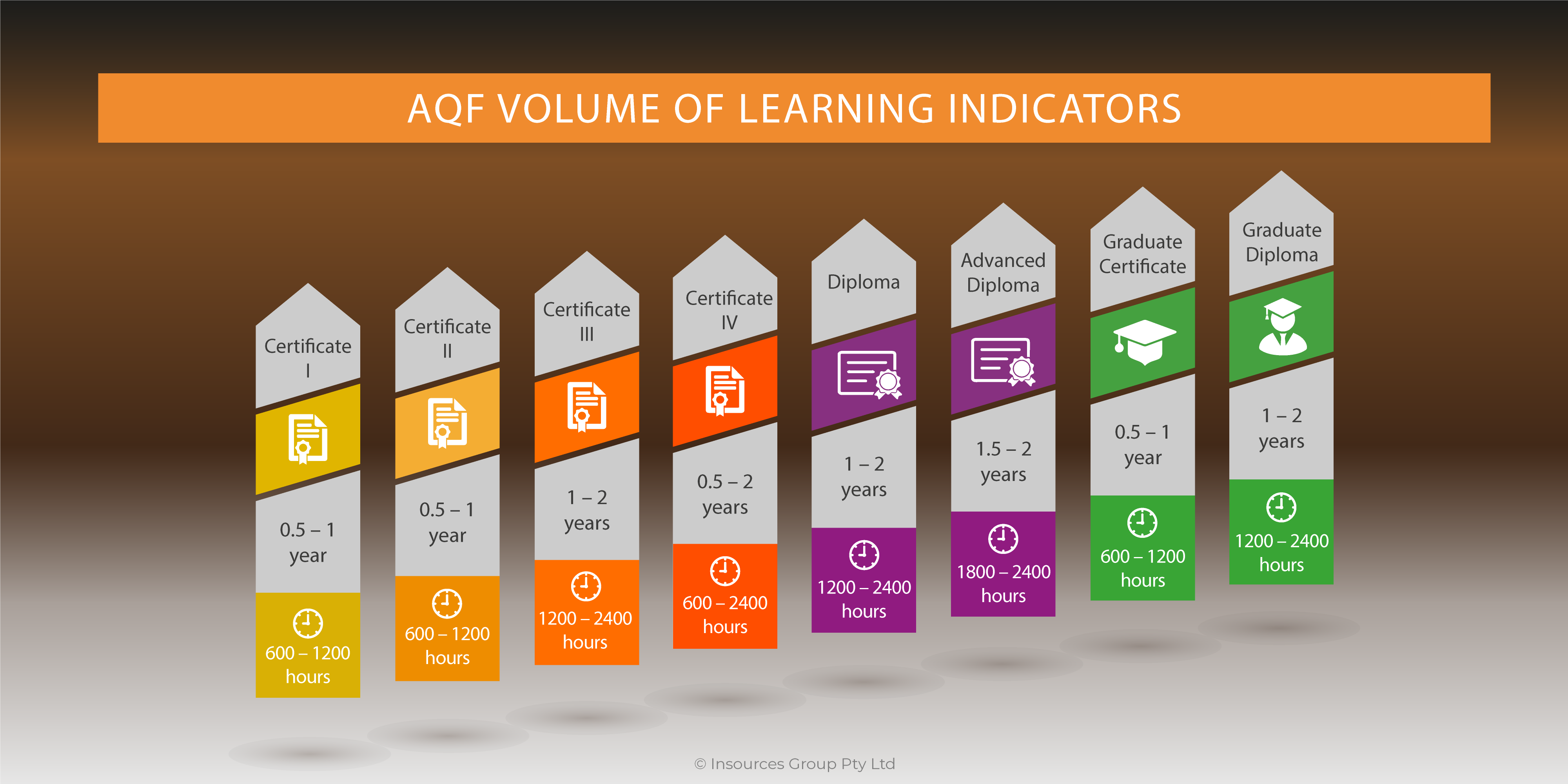 Action learning is a process by which participants “learn by doing”: that is, they acquire and apply knowledge through actions rather than traditional instruction. Research on action learning has shown that action learning programs are at least 30 percent more effective than traditional lecturing. Action learning usually involves opportunities for small groups of individuals to solve real organizational problems while at the same time focusing on their learning. Developed first by Reg Revans in England in the mid-20th century, action learning has evolved into many different forms. But they usually share these characteristics:
Action learning is a process by which participants “learn by doing”: that is, they acquire and apply knowledge through actions rather than traditional instruction. Research on action learning has shown that action learning programs are at least 30 percent more effective than traditional lecturing. Action learning usually involves opportunities for small groups of individuals to solve real organizational problems while at the same time focusing on their learning. Developed first by Reg Revans in England in the mid-20th century, action learning has evolved into many different forms. But they usually share these characteristics:
- Action learning scenarios present a problem, challenge, opportunity, issue, or task. It should be significant and important to the organization, group, or area of expertise.
- While the problem can be tackled by an individual, ideally a team of four to six individuals works together to examine and solve an organizational problem. The problem should be relatively complex so that it cannot be solved easily or quickly. The group can be made up of individuals from different areas of the organization, or from the same department.
- The action learning process begins by posing questions to clarify the problem and then reflecting on possible solutions. The focus is on the questions and the reflection, which results in learning.
- The process generates energy and creativity best when action can be taken and results can be reflected upon. There is equal emphasis on solving the problem and unearthing the learning that occurred during the process of solving it.
Action learning can be used as an activity or key learning strategy within an e-learning course or live virtual training. For example, you may design your training so that the action learning project is used as application practice following the presentation of structured learning content. While originally intended for live teams, action learning projects can be adapted for an online environment, with a focus on either an individual or a team activity.
In a face-to-face environment, most action learning experts recommend a coach to guide participants through the steps of problem analysis, and lead the discussion of how the solution was arrived at. In a virtual environment, a virtual coach could be assigned to the team, or the coaching role might be rotated among team members. As an alternative, a series of coaching questions can be posed so that in effect, the training course becomes the coach.
To use with e-learning
- Using focus groups, interviews, or surveys of management, identify significant problems in the workplace that would benefit from in-depth analysis and resolution.
- Determine whether the project should drive the course or the course should drive the project. In other words, should the project be introduced first and the learning content—whether extensive or brief—be provided after the project introduction, as the means to the end? Or should the learning content be presented first with the action learning project appearing at a later point, perhaps as a capstone to the course?
- Develop a description of the problem to be solved. While a simple text explanation may be sufficient, video recordings from key stakeholders or knowledgeable individuals will add depth and meaning. Hint: Take a video camera to the information-gathering focus group or interviews mentioned in step one.
- Decide how to assign teams. Action learning is fueled by the synergy of individuals working together. An LMS or training coordinator could assign team members based on when they register for the course, or managers could assign teams based on a specific project or need that must be addressed. While it is not an ideal action learning scenario, individual learners rather than teams could work independently on projects.
- Incorporate coaching into the action learning project. If a virtual coach will be assigned, identify key points during the project at which the coach should be consulted. Coaching questions can also be incorporated at key points in the action learning process. The questions are meant to encourage participants to critically assess the problem and their attempts
to solve it. For example:- What assumptions are behind the definition of the problem?
- What types of feedback have been given to each collaborator?
- What seems most difficult, so far, in the process?
- What seems easy? Too easy?
- What has the planning process been so far? How is it working? Does it need adjusting?
- What aspects of the learning content come to mind when reflecting on the project work?
- What aspects of the learning content have been confirmed or observed here?
- Are there any alternative solutions to this problem? In other words, what’s the second right answer?
- Decide what will be done with the results of the project. Action learning projects work best when the team is empowered to implement the solution, evaluate results, and make any necessary adjustments. However, this may not be possible, especially in an e-learning environment. Given the situation, what could be done with the results of the action learning?
- When the project is completed, the course can be revised using another problem or opportunity. The same principles of problem-solving and course content are used.
Reference: Making eLearning Stick, Barbara Carner, ASTD Press 2012




